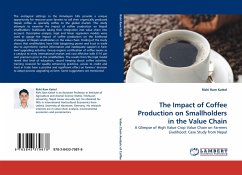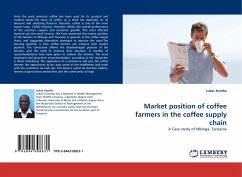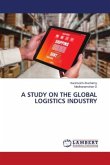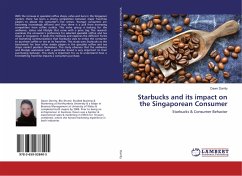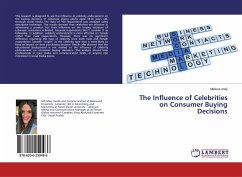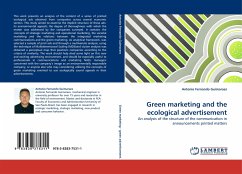Coffee is the second most traded commodity in the world after oil (Roldán-Pérez 2007). Coffee produced in Yirgachefe had been internationally known as the rarest and most prized coffee, especially in America. It is one of the major income generating commodities in Yirgachefe and the Woreda has high potential in coffee production. It was the highest producer of coffee in Gedeo Zone. However, there is a gap between the bench mark value chain and the existing AS-IS value chain in input supply, land preparation, production, harvesting, processing and marketing functions. Regarding input supply, Shortage of improved seeds, reduced productivity due to manual operation, and Transmission of coffee disease due to untreated hand tools are identified as constraints on the AS-IS value chain. Lack of machine support and Picking unripe & over ripped cherries together with the red cherry are out of harvesting problems. The study result indicated that there is a room for woreda government, TVET,IOT, and Coffee, Tea and Spices Authority to work hard and fill the gap.


